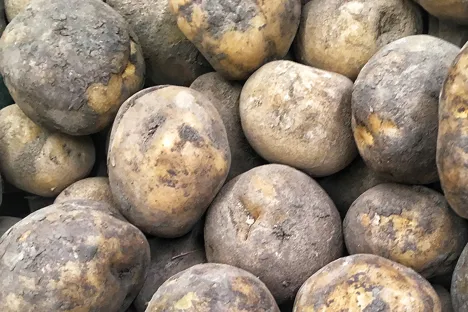From Deficit to Surplus: Navigating the Volatile Potato Market
Over the past two years, the Northwest US has faced significant fluctuations in potato production. A notable deficit forced processors to source potatoes from regions such as the Midwest, East Coast, and even Canada. This shortage notably affected the availability of fries in fast food outlets, causing widespread disruptions in the supply chain.
In response to this deficit, processors substantially increased their planting efforts. However, this proactive measure has resulted in an unexpected surplus. As older stockpiles remain while the new harvest approaches, the industry is now grappling with excess supply.
Dale Lathim, executive director of the Potato Growers of Washington, described this rapid shift from the shortest to the longest supply within a single year as unprecedented. To mitigate the surplus, processors have instructed growers to repurpose the excess potatoes for cattle feed and food banks. Additionally, some of the surplus has been discarded in fields and canyons.
Adam Weber, a farmer based in Quincy, reported a 10% reduction in potato planting across various crops due to the surplus. This reduction has impacted revenue and led to tighter budget management for many farmers. The situation underscores the volatility of the potato market and the need for adaptive strategies in agricultural planning.
Despite these challenges, the U.S. Department of Agriculture (USDA) forecasts a fair crop for this year, promising an ample supply of Northwest fries. The upcoming harvest, beginning in July, is expected to cover approximately 516,000 acres across Washington, Oregon, and Idaho.
The industry’s swift response to fluctuating supply conditions demonstrates resilience and adaptability. As the Northwest prepares for the new harvest, stakeholders are focused on balancing supply with demand to stabilize the market and ensure a steady flow of potatoes to consumers and processors alike.

